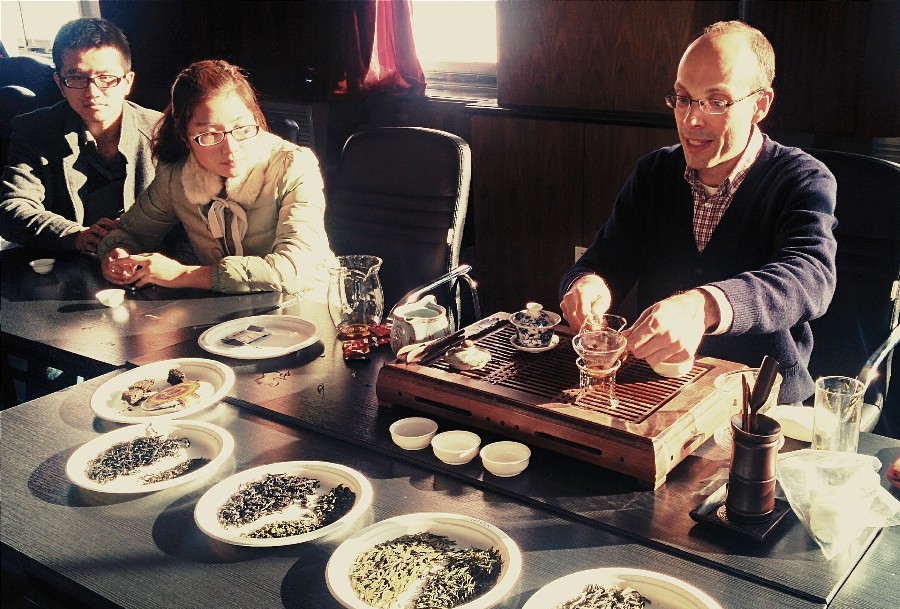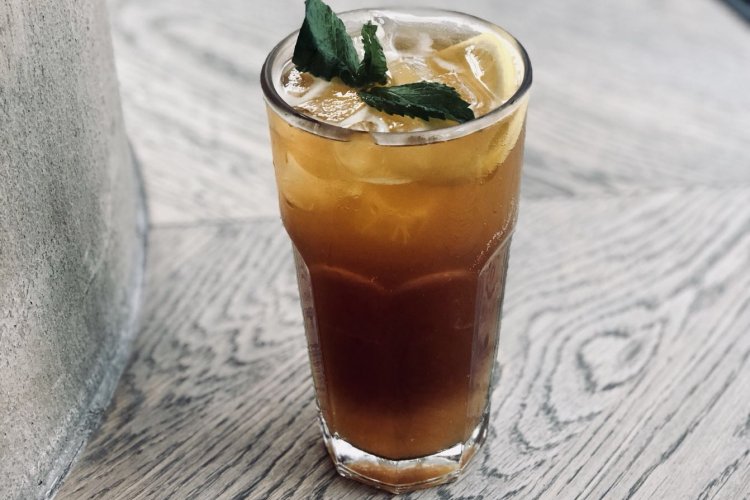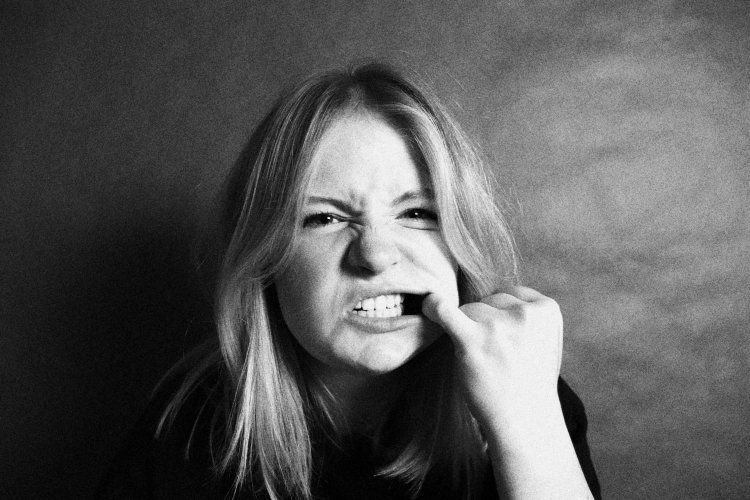Keep Calm and Drink Tea: All You Need to Know About Chinese Brew
After water, tea is the most widely consumed beverage in the world (with the Chinese population making a significant contribution); and in the cold winter months, it’s probably slightly healthier than nursing a decadent hot chocolate or draining endless cups of coffee.
Although India might disagree, China produces the world’s finest teas – after all, the Indian tea industry started from cuttings taken secretly from China. So whether you’re a tea lover or looking to start dabbling in tea-drinking, China’s the best place to be!
To aid you in the arduous task of selecting teas and bust some myths surrounding the industry, here’s some interesting facts courtesy of John Smagula, a certified tea specialist and founder of Crossings Tea.

Firstly, all tea comes from the same bush – they might have different names, colors and flavors, but all tea comes from the Camellia Sinensis, a species of plants whose leaves and leaf buds are used to produce the base of this hot beverage. The first plant was discovered and tea-trified around 3,000 years ago in the Yunnan Province. The different tastes and colors are actually due to the processing methods and the terrain.
This means that when someone tells you green tea has less caffeine than black tea, that’s a myth – all teas have the same amount of caffeine (around 5 percent). However, unlike coffee, caffeine in tea is absorbed by the human body at a slower rate and tea also contains a unique amino acid, L-Theanine, which relaxes your muscles. This combination of stimulating the mind with caffeine and relaxing the body with L-Theanine produces what monks call the “tea mind” – extremely conducive for meditation or general contemplative café moments.
When it comes to Chinese tea, there are four main types – white tea, green tea, black tea, and oolong tea (the last is somewhere in between black and green). Note that while we call it “black” tea, the direct translation of the Chinese for this variety of tea (红茶 hong cha) is actually red tea and the coloring of these teas are usually different shades of red/amber. What is called “red tea” in places like the US is actually rooibos, strictly an herbal infusion rather than tea as it does not come from the Camellia Sinensis plant.
When choosing a tea, it is advisable to try each one and pick the tea that suits your personal tastes. The relative price of each tea is not dependent on how delicious it is but rather the amount of processing required, the size of the terrain in which it is grown, the look of the leaves, and the time of harvest etc.
What differentiates the four types of tea is the level of oxidation i.e. how long it is left to dry after being picked and before it is cooked. As to the different varieties within the four types of tea, that depends on how the tea is processed (e.g. whether it is baked, pan fried, rolled etc.) and also the region from which tea comes.

White Tea
White tea is not oxidised at all – it is usually picked right at the beginning of the season and sun dried. There is minimal processing, thus it looks the greenest out of the bunch and has the most natural tea leaf taste. This means the soil in which the tea leaf is grown is extremely important here. The two different kinds of white tea are the leaf and the bud – the latter is usually more expensive as it comes from the first flush (again, this doesn’t necessarily mean it tastes better). You can tell white tea apart from other teas as you should be able to see some white fuzz at the tip of the tea leaves due to the lack of processing. White tea should be brewed at 80 degrees Celsius.
Green Tea
Green tea is 20 percent oxidized. After being picked, the leaves are exposed to air and the tea master will watch the process carefully. Once the leaves reaches the right degree of oxidation the baking process will commence – this measurement is usually done by sight and feel.
Green tea can taste a little bitter and stringent, so the trick is all in the brewing technique. Although, if you are looking for a sweeter type of green tea then try the Huang Shan Mao Feng, which is heated in a drier that rotates, giving it a fluffier look.
To make green tea, use water of around 80 degrees Celsius, and pour the water around the sides of the pot or cup so as not to agitate the tea leaves – this keeps most of the bitterness within the leaves. At first, the leaves will float, but once they start to drop, the first flush is ready for drinking.
You might notice some fluff in the liquid but fret not – this down is actually very nutritious. You should also notice a golden ring around the top of the glass which will indicate you have successfully brewed a fine glass of green tea.
Oolong Tea
This is the most complicated type of tea with an incredible number of varieties. Oolong tea is partially oxidized (between 40-80 percent). It is also baked, thus dries slower and has more flavor.
A popular oolong tea for the dinner table is Tie Kuan Yuan (Metal Goddess), which is rolled and comes out a bright yellow. The knotted tea leaves means it takes ages to open and can be brewed around 15 times – perfect for a long meal or study session. The ideal temperature for brewing is around 85-90 degrees Celsius.
Black Tea
Black tea is fully oxidized and comes in different shades of amber when brewed. The first harvest is usually the most expensive and there is usually four altogether, with the summer flush being the cheapest.
A common variety of black tea is pu'er, which is grown in Yunnan province. It is the only tea that can be made into tea cakes and aged. However, be careful when drinking this tea as it is known to have narcotic effects, so you might get a little loopy.
Hotter water should be used to brew this tea (around 95 degrees Celsius) and the tea leaves usually sink to the bottom of the cup immediately as it is more processed. If you’re a fan of sweeter teas, this variety might be a good one to try.
Some Final Tips and Facts
1. The hotter the water used to brew the tea, the less subtleties you get – this may be a good thing if you are dealing with a poor quality tea
2. If the tea leaves are bitter, it might be a good idea to rinse them first (with hot water); usually green tea is the only type of tea that does not require rinsing.
3. Green tea and white tea can be kept for about 8 months; oolong tea for about 2 years and black tea for two years (the general rule is 18 months). Tea leaves hate the light so make sure to keep it in a dry, cool and dark place in an air tight container – unless you are planning to age some pu'er tea.
4. As to the vessel for drinking tea, usually anything made of ceramic works.
5. Take the reported health benefits of different types of tea with a pinch of salt – after all, they are all from the same plant. Drink a little bit of everything and you’ll get the best of all of the tea world.
And finally, remember, like wine, it’s not about how expensive it is, but how much you enjoy it.
Photos: Jasmine Lynn







